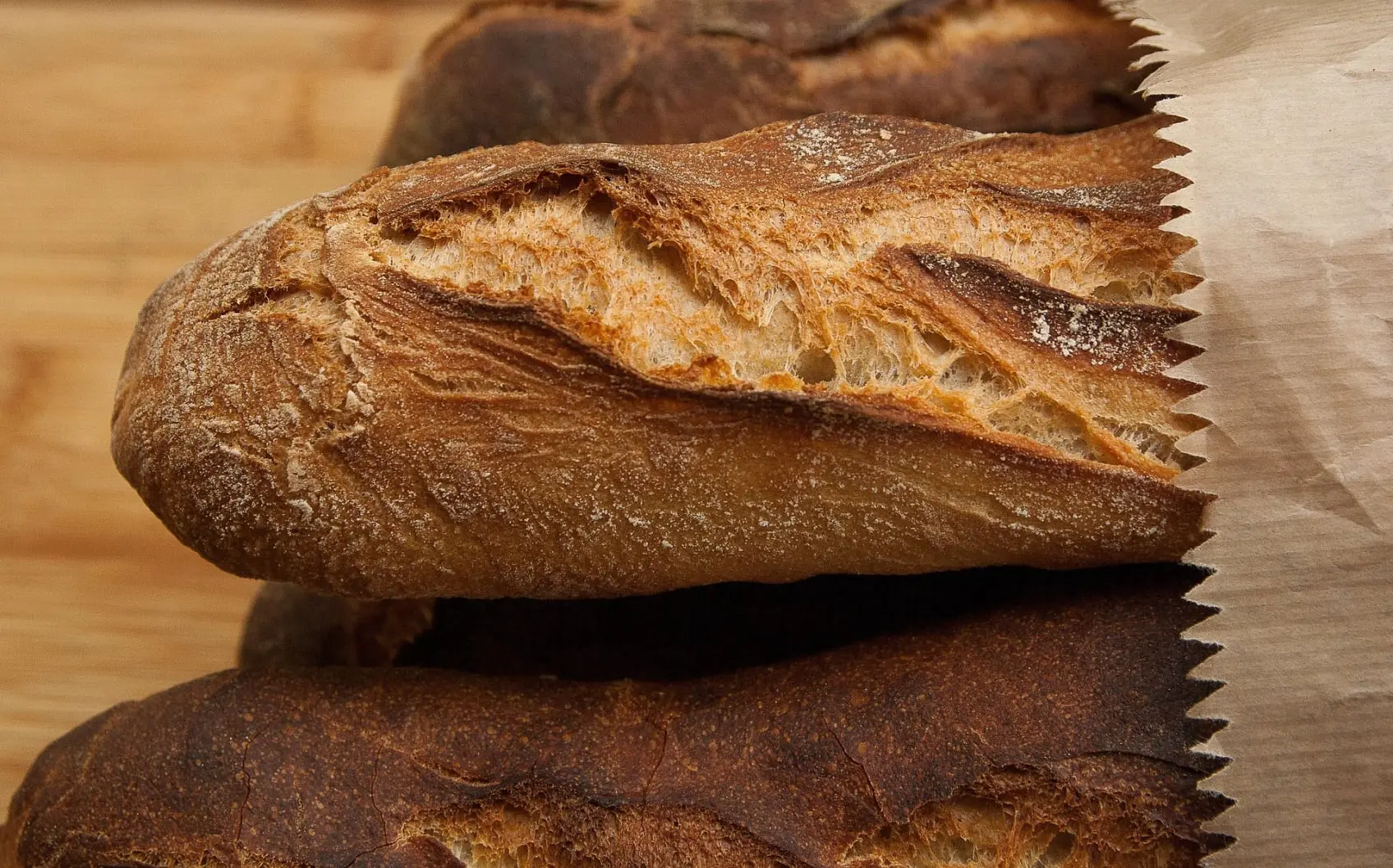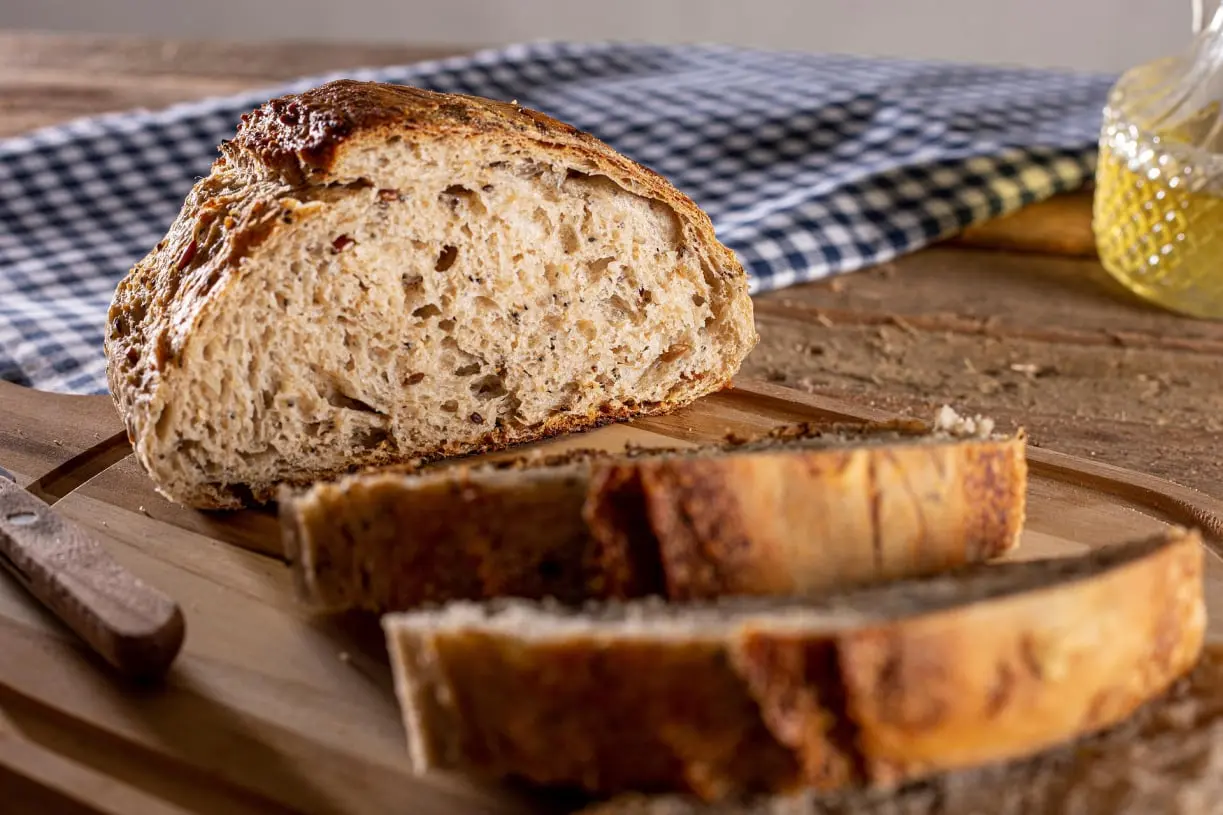Wet gluten percentages
When choosing grain for specific recipes, it is essential to take into consideration not just the protein, but the wet gluten content as well. Modern grain has been genetically "steered" or modified through selective breeding to allow the glutenin and gliadin to connect and form gluten easier, and remain together better creating stronger doughs. Glutenin provides the framework for the dough, providing strength, while gliadin fills in the gaps, providing elasticity. Some ancient grains may have high protein but the gluten network will not be strong enough to allow proper gluten formation.



